The content of the article
This variety of the cabbage family is undeservedly deprived of attention. Many housewives are sure that kohlrabi is suitable only as a children's treat, as a successful replacement for a stalk of white cabbage. This opinion is easily corrected by taking a closer look at kohlrabi from a culinary point of view.
Description and Features
Kohlrabi does not look like cabbage at all. More it resembles a white-green turnip, for some reason growing on the surface of the garden. It has a thickened base, which in botany is called a stembled and rare leaves on long stalks. In a free translation, the name means "cabbage-turnip." However, white cabbage is the closest relative. The culture is not widespread in modern agriculture.
It is believed that kohlrabi was bred in the 1st century BC. in the eastern Mediterranean, gradually spread to Asia and Northern Europe. Its unpretentiousness to soil composition and growing conditions is well known. At first, the inhabitants of the Old World reacted to it with a share of concern, but over time they began to willingly cook various dishes, and at a price they were available only to noble gentlemen.
You should know: Kohlrabi appeared in Russian cuisine thanks to Peter I, who had tried an overseas dish and appreciated its taste and nutritive value.
Varieties
There are several varieties in the kohlrabi family. The work of breeders was aimed at reducing the ripening period, improving palatability, and increasing disease resistance. They also differ in color, planting and harvest dates. In shape they are round, disc-shaped, oval, egg-shaped. White and purple varieties are distinguished by color. The best recognized:
- Sonata, characterized by early maturity, is ready for use 80 days after planting.
- Kossak is resistant to cold, gives average fruits weighing 45-600 gr, recommended for the northern regions.
- Viennese white 1350 ripens after 60 days, is cast with soft pulp of medium density.
- Atena has excellent taste.
- Violetta tolerates frosts, stored for a long time.
Beneficial features
The value of the vegetable lies in its rich composition, which includes:
- vitamins A, B, C, PP, E, K;
- mineral salts;
- beta carotene;
- potassium;
- magnesium;
- phosphorus;
- sodium;
- cobalt;
- iodine;
- iron;
- zinc;
- molybdenum;
- manganese;
- tartronic acid;
- enzymes;
- cellulose;
- vegetable proteins;
- sucrose.
Substances are in easily digestible forms, the product is dietary due to its low calorie content of 45 kcal. on 100 gr. It’s hard to guess that the vitamin C content in it exceeds the lemon. Therefore, it is useful to give it to children, they are happy to gnaw fresh slices, instead of a stalk from a white-headed species.
Recommendations for use
It is recommended to introduce kohlrabi into the diet when an influenza epidemic is approaching, an increased likelihood of respiratory diseases, and decreased immunity. Vegetables are greatly appreciated in weight control programs. The healing properties are manifested in several directions.
- Stimulates metabolism, reduces sugar and cholesterol.
- Relieves swelling, has a strong diuretic effect, recommended for kidney problems.
- It normalizes the digestive tract, stimulates intestinal motility, and prevents constipation.
- Stabilizes the nervous system.
- Replenishes the lack of vitamins for anemia.
- Freshly squeezed juice helps cleanse the lungs with tuberculosis, increases the speed of regeneration of damaged areas.
- The tops decoction is used for pulmonary diseases including bronchitis and asthma, liquefies and removes sputum, is taken according to a strict scheme in compliance with time and dosages.
- With low acidity helps to normalize its performance.
- Vegetable puree is useful as the first lure for babies, as it does not cause allergies, is easily perceived by the baby's body.
- A small amount of fresh vegetable is useful to give half an hour before meals in the absence of appetite in children and adolescents.
Important: Kohlrabi is consumed raw, boiled, steamed, as part of salads and vegetable mixtures.
Contraindications
They are very few and the main part is associated with gastrointestinal diseases. Due to the high content of vitamin C, the vegetable is not recommended for people with high acidity. With flatulence, you can significantly reduce the negative impact by combining kohlrabi with rice and beets. You will have to refrain from vegetable salads with exacerbation of gastritis and peptic ulcer.
Harvesting and storage
Unlike white cabbage, which can lie in the cellar cool until spring, kohlrabi is more tender and vulnerable. In some varieties, the shelf life does not exceed 30 days, then the taste is sharply worsened, it becomes lethargic, loses its attractive appearance.
The peculiarity is that the stempled can be dried and frozen for further storage.
Drying
With its help, raw materials are stored for up to 6 months. To prepare you need:
- choose intact medium-sized fruits;
- wash them thoroughly under running water;
- trim leaves, eyes, bumps;
- remove the peel and gently cut the pulp into thin rings or strips;
- for 3-4 minutes immerse in boiling water, remove to a colander, let drain;
- put on a baking sheet and distribute in 1 layer;
- dry for 3 hours at a temperature of 70 degrees with regular stirring.
The finished product is placed in plastic containers or glass jars, tightly corked, stored in a cool dark place.
Freezing
It allows you to extend the shelf life up to 10 months. Kohlrabi tolerates low temperatures well, keeping all the nutrients intact. To prepare the product you need:
- carefully sort the stems, removing damaged or stained ones;
- remove the peel, leaves, remove the root;
- cut the stembled into 4 parts;
- soak for 30 minutes. in warm salt water at the rate of 1 liter per 2 tbsp. tablespoons of salt;
- boil for 3 minutes in boiling water;
- immediately transfer to a container with very cold water.
After the slices have cooled, they are allowed to drain, distributed into packages for freezing and put into the freezer.
Please note: it is more convenient to immediately lay out cabbage in portions, repeated freezing is unacceptable.
Original Kohlrabi recipes
The rules coincide with those generally accepted for most vegetables.
- The greatest benefit to the body is raw flesh in salads.
- To preserve the maximum amount of vitamins and minerals, the heat treatment time should be minimal. Kohlrabi is better to undercook or undercook a little, with overexposure the tender flesh turns into a mushy mass.
- For baby food, vegetable puree is prepared almost without salt, carefully frayed to give a delicate texture.
- As part of a diet food, steamed dishes are used for a couple.
- With the addition of meat ingredients, calories increase several times.
- Kohlrabi is used as a side dish for meat, fish dishes. Vegetable stew based on it goes well with chicken and turkey fillet. Stem crops are boiled, stewed, cooked in batter, included in the composition of vegetable mixtures.
Mashed soup
It has a delicate taste and low calorie content. For cooking you need:
- 3 potatoes;
- onion head;
- kohlrabi - 1 pc.
Vegetables are cut into small cubes, fried with butter. Then they are transferred to a pan with a thick bottom, poured with 1 liter of vegetable broth and boiled until completely softened. The mass is whipped with a blender or rubbed through a sieve. Salt, pepper are added, once again brought to a boil. After removing from heat, add 50 g to the soup. cream and greens. Serve immediately after cooking. The recipe is suitable for baby food, but without pepper. To increase the calorie content, children should add mashed meat to the soup 5 minutes before readiness, and finely chopped sausages or smoked sausages for adults.
Braised Kohlrabi
Composition:
- 3-4 stem stalks;
- 2 tbsp. tablespoons of butter;
- spice;
- salt;
- greens.
Well-washed and peeled stems are cut into cubes of medium size, breaded in flour and fried in a pan in butter. Shifted into a pan, stewed with spices and salt until tender. When serving, the dish is sprinkled with herbs. It can be used as a side dish.
Salad
Ingredients:
- carrot;
- cucumber;
- kohlrabi;
- greens.
Vegetables are grated on a Korean grater, mixed with salt, spices, chopped herbs and a small amount of sunflower oil. To reveal the taste of the salad you need to stand for 5-10 minutes. Pieces of fried bacon or smoked chicken breast are allowed to be added to the composition. In this case, the dressing changes to mayonnaise or cheese sauce.
Mushroom stew
In the national cuisine of different countries, mushrooms successfully replace meat in many dishes. The stew is hearty and very tasty. Composition:
- kohlrabi;
- mushrooms;
- flour;
- White wine;
- cream;
- salt;
- spice;
- greens.
Mushrooms, mushrooms, chanterelles, porcini mushrooms, brown mushrooms, russula are suitable for cooking. They are boiled, the broth is poured into a separate saucepan, mushrooms are fried in butter. Kohlrabi is cut into cubes, simmered in salted water for 10 minutes.
For sauce combine 200 gr. cream, the same amount of mushroom and 400 gr. vegetable broth, add 50 gr. wine, passivated flour, simmered for 8-10 minutes. Kohlrabi and fried mushrooms, spices are dipped in it and stew for another 10 minutes. Served with greens.
Stuffed cabbage
The shape of the stems is perfect as a basis for stuffing. You can use a vegetable filling with rice or classic minced pork or poultry.
Small stems are freed from part of the pulp, put the filling in the resulting depression, set in a pan vertically, pour sauce and cook over low heat for 20 minutes.
Vegetable filling:
- rice
- carrot;
- bell pepper;
- bow.
Meat:
- pork;
- beef;
- bow;
- fig.
Pouring sauce is mixed from broth, butter, sour cream, flour, tomato paste. Spices, salt are added to taste.
Delicious recipes will return kohlrabi deserved attention. Its health benefits are great, fresh juice, tender flesh will fill the need for vitamins and minerals, significantly diversify the menu.
Video: the benefits of kohlrabi for weight loss

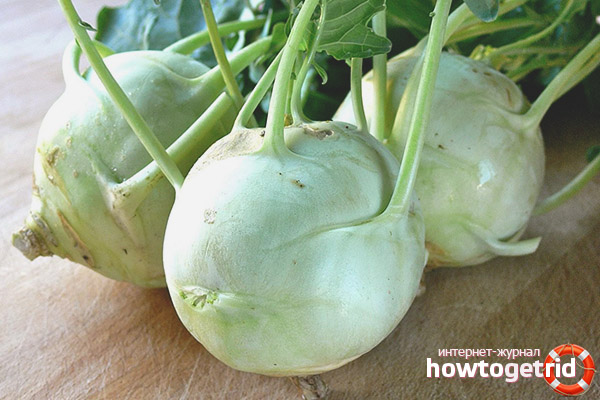
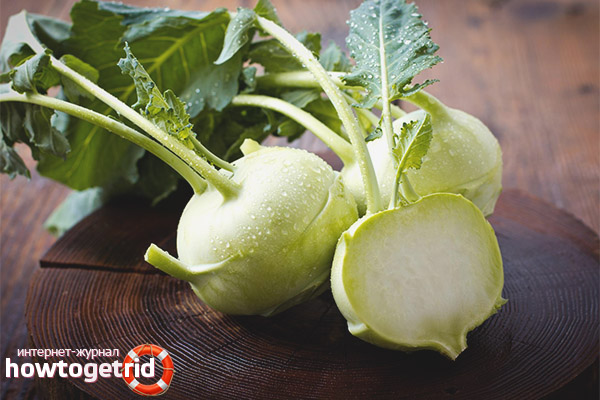
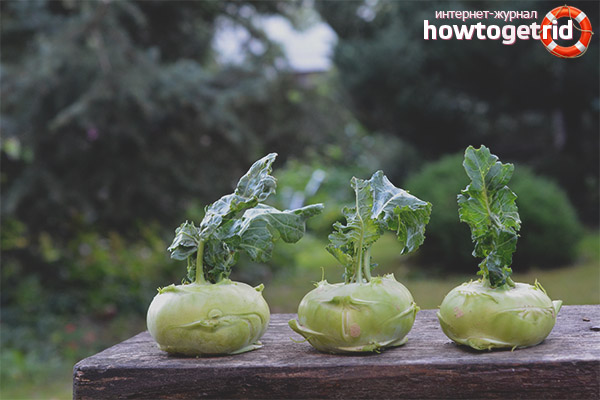
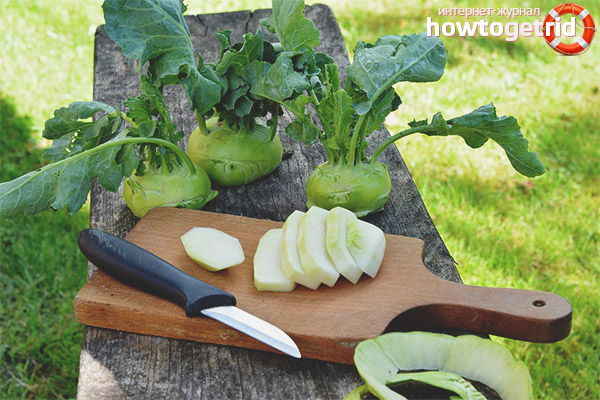

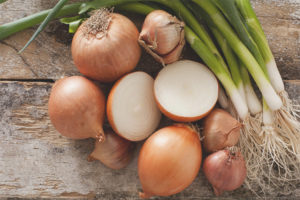
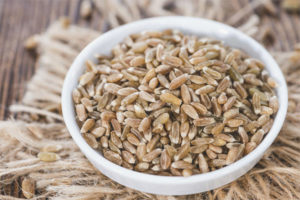
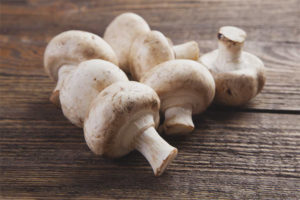
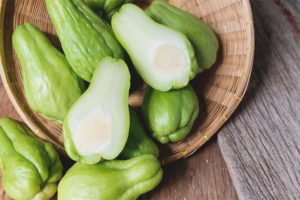
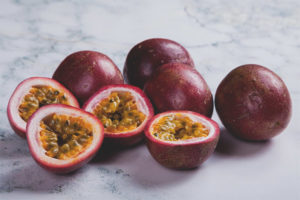
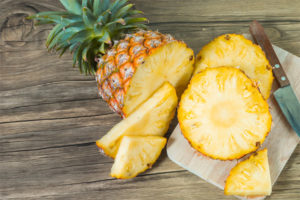
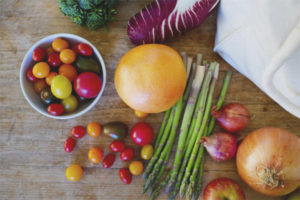
Submit